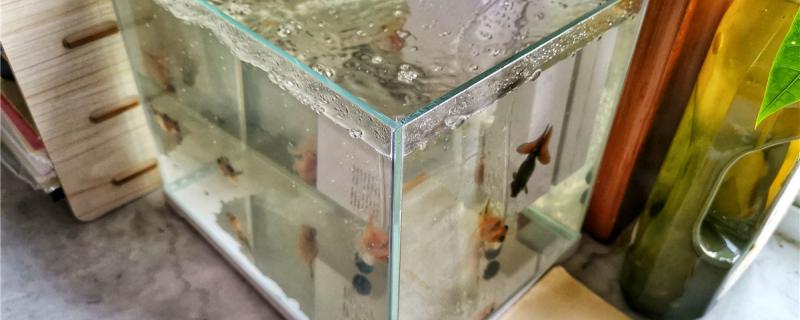
the muddy water after changing the fish tank? The muddy water after changing the fish tank indicates that the nitrification system has collapsed. This situation is usually caused by changing water too much or too frequently, resulting in the death of a large number of nitrifying bacteria in the tank. If you want to raise fish again, you must re-cultivate nitrifying bacteria. During the culture period, the culture solution should be poured in regularly, and then the light should be turned off to explode oxygen, waiting for the water body to return to clarity. If the nitrifying bacteria in the tank are not well cultivated, the health of the fish will be affected.
should we pay attention to when changing water? 1. Frequency: First of all, we should pay attention to the frequency of changing water. As mentioned above, too frequent will lead to water quality turbulence, destroy the nitrification system, and be harmful to the health of fish. But if the water change cycle is too long, the water quality will be aging. Therefore, the frequency of water change should be determined according to the change of water quality.
2. Amount of water: If the water is changed frequently, the amount of water each time should not be too large, preferably about one fifth of the total amount of water. If the water is changed lazily, it can be changed more, but not more than one third at most, and the new water must be dried in advance for a period of time before it can be used.
3. Temperature: In order to prevent the temperature change from affecting the health of fish, it is better to control the temperature before and after the water change. The difference between the new water and the old water should not exceed 2 ℃. You can measure the temperature of the old water first, and then mix the new water according to it to ensure that the temperature is close.